If you are new to the music, sound, or lighting industry, you may have come across a type of cable or connector known as an ‘XLR.’ These cables are very common in the music industry and can be used for different purposes. These cables provide some significant advantages, but it is first important to understand what these cables are before understanding what they do.
XLR cables are balanced cables with a positive, negative, and ground connection. These cables block signal interference, even when used over long distances, and prevent signal drop-off. XLR cables can transmit low-voltage power as well, which increases their usefulness.
XLR cables are found throughout the music industry and are some of the most common cables used in studios, on stages, and even in practice rooms. What is an XLR cable, and what are these cables used for? What makes an XLR cable different from other cables? Why are XLR cables important? Let’s explore the answers to these questions and learn the important facts about XLR cables.
What Are XLR Cables?
XLR cables are commonly used in the music industry, and anyone who uses musical equipment is sure to be well-acquainted with this type of cable, but what exactly is an XLR cable?
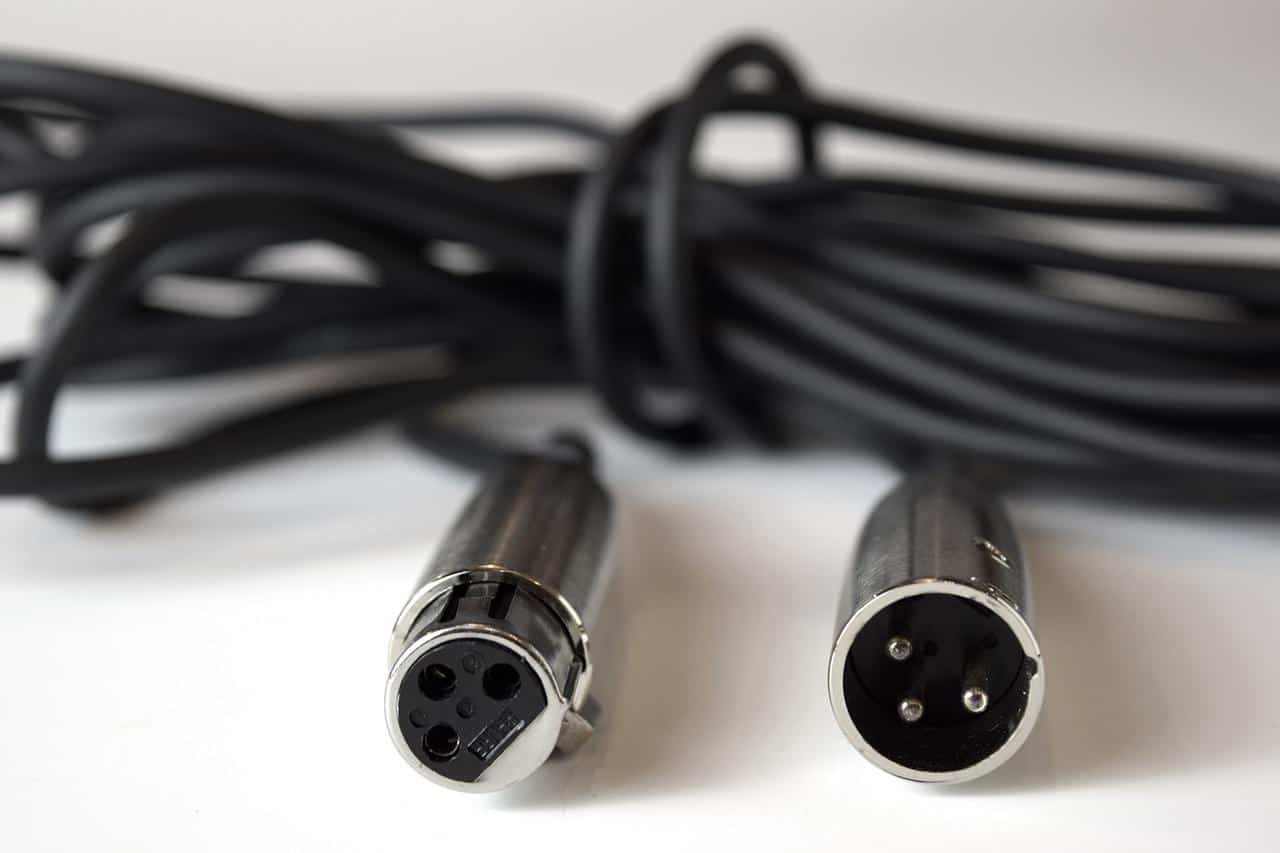
An XLR is a balanced audio cable with a three-pin connector. Balanced audio cables have three internal wires, each with a unique purpose.
XLR cables have a positive connection, a negative connection, and a ground connection as opposed to unbalanced cables that only have a positive connection and a ground connection.
The acronym ‘XLR’ stands for External Line Return. This name refers to the way these three-conductor cables function.
XLR cables work by transmitting two of the same audio signal, one signal with the positive connection and the other with the negative connection. The fact that the connections are positive and negative respectively means that the audio signals that they carry are inverted.
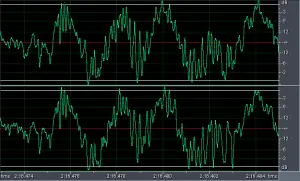
This is the secret to the XLR cable. When an audio signal is mirrored, or when two inverted audio signals of the same frequency come into contact with one another, the audio signals perfectly cancel each other out, effectively blocking or muting the frequencies, resulting in no sound.
Within the XLR cable, the audio input signal is split into positive and negative connections, and each signal is inverted in relation to the other. This means that if any audio interference enters the cable at any point, it will affect both the negative and the positive connections.
Since the connections are inverted, when the signal reaches the end of the cable and is re-combined, any interference that was picked up along the end of the cable is canceled out by the opposing frequency in the opposing inverted connection.
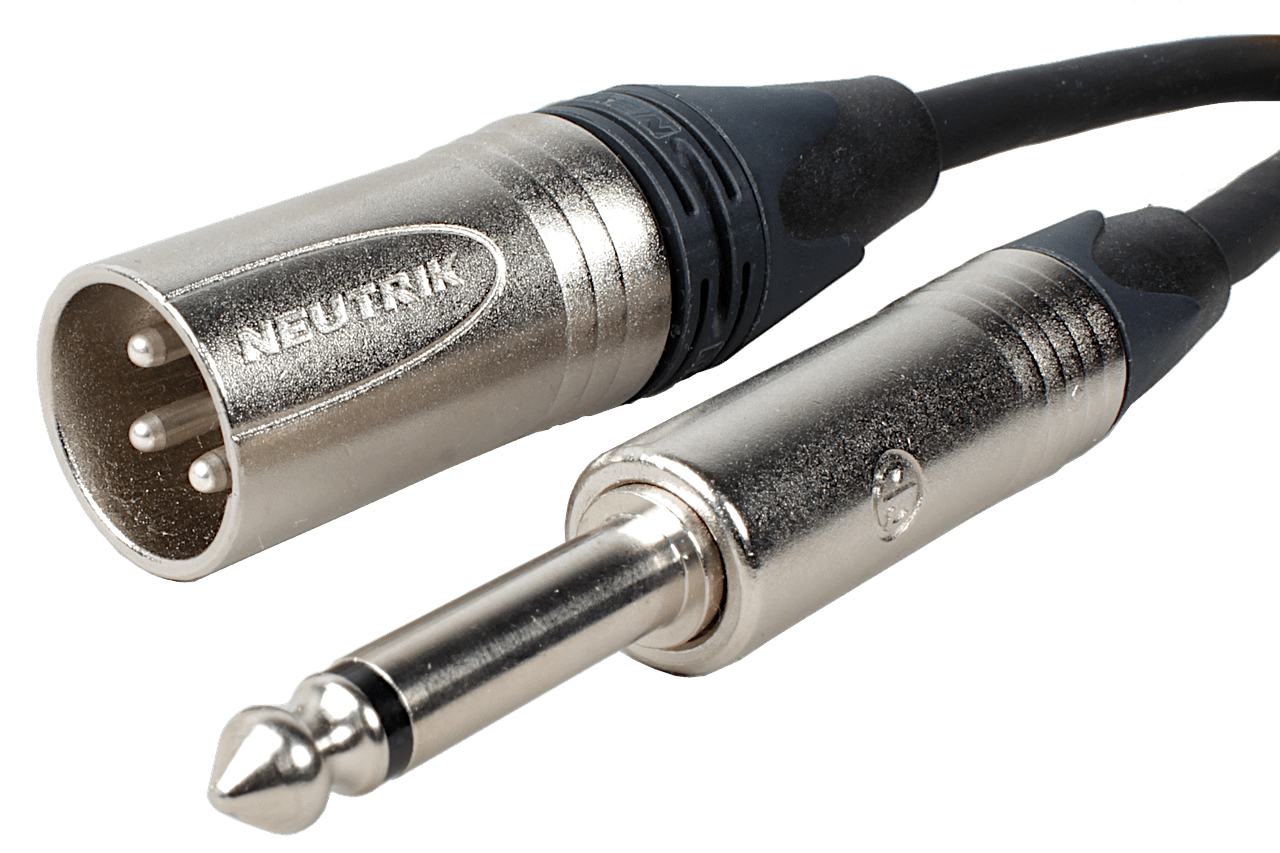
This means that XLR cables can be virtually any length and still transmit a very crisp, clean, clear signal across its length without transmitting any interference whatsoever.
The ground connection in XLR cables protects the cable and any equipment connected at either end from electrical surges and excess audio signals that may damage the equipment or cause interference. This layer of connection adds to the clarity and performance of XLR cables.
For this reason, the XLR cable is an ideal choice for recording studios, as they block any interference from any other audio or electrical devices or signals in the room, and they are ideal for stage use as they can be run over long distances without any signal loss or interference.
What Are XLR Connectors?
The world of audio, digital, and lighting cables is full of various cables that look similar, have similar or the same uses, or have the same connectors. This leads us to discuss the difference between XLR cables and XLR connectors.

Not every cable with an XLR connector is an audio cable. This truth is due to the fact that XLR connectors are used for various types of cables that are used for audio signals, lighting connections, and even low-power transfer.
XLR connectors are three-pin balanced and grounded connectors that can be used for all of these various cables due to their unique ability to transmit and deliver a perfectly balanced and well-grounded signal between two devices.
The three pins in the XLR connector are connected to the positive, negative, and ground wires within the cable and can be used to connect any type of balanced cable.
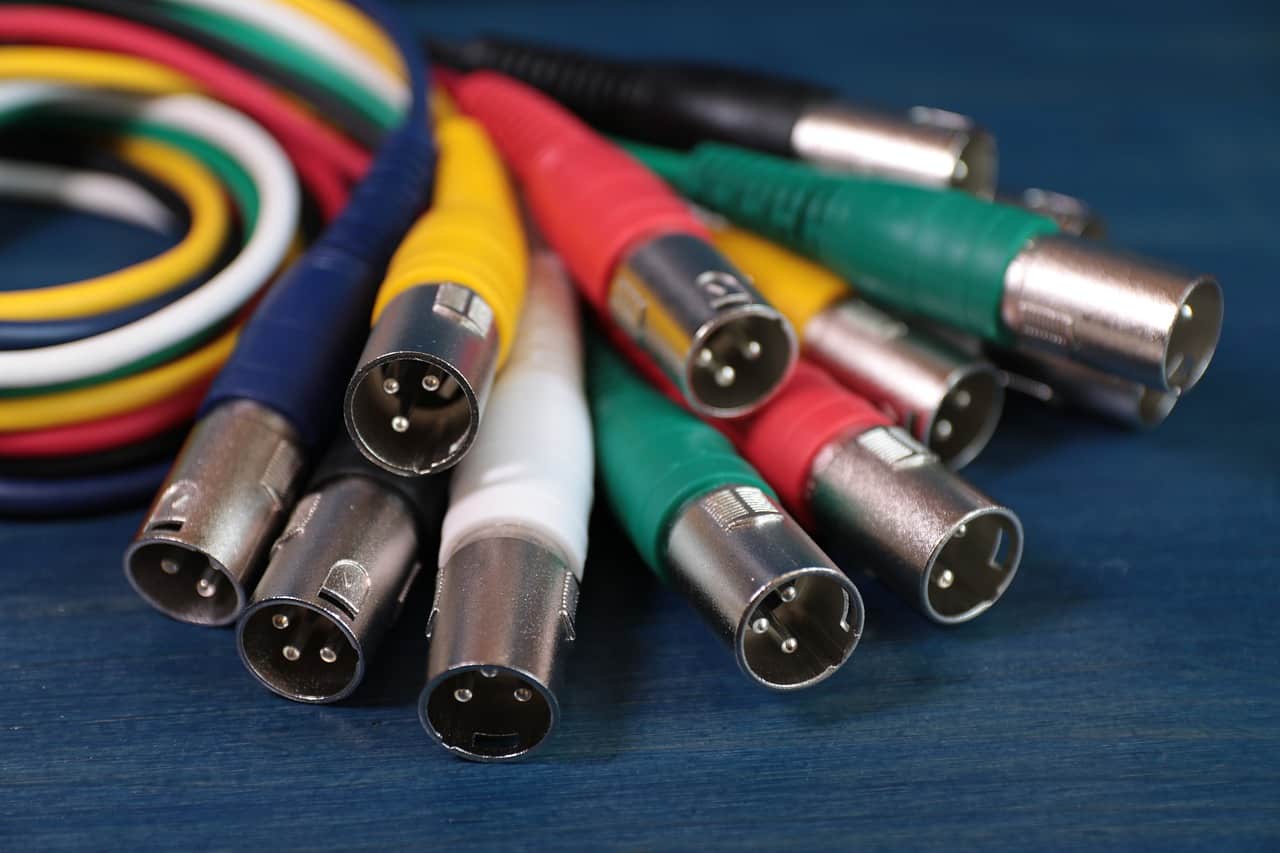
For this reason, it is important to ensure that you are using the right type of XLR cable, as the fact that a cable has an XLR connector does not mean it is an audio cable.
What Makes XLR Cables Different From Other Cables?
The XLR cable is widely used in the world of music and audio, but there are plenty of other cables used in this industry as well. What makes the XLR different from other audio cables?
The difference between the XLR cable and other types of cables is the fact that these cables are grounded and balanced. There are mainly two types of audio connection cables: balanced and unbalanced.
Unbalanced cables are those that have only a ground and positive connection. These cables are usually used as mono audio signal connections, such as those used to connect a guitar to an amplifier.
Unbalanced cables include:
- TS cables
- RCA cables
- Speaker wires
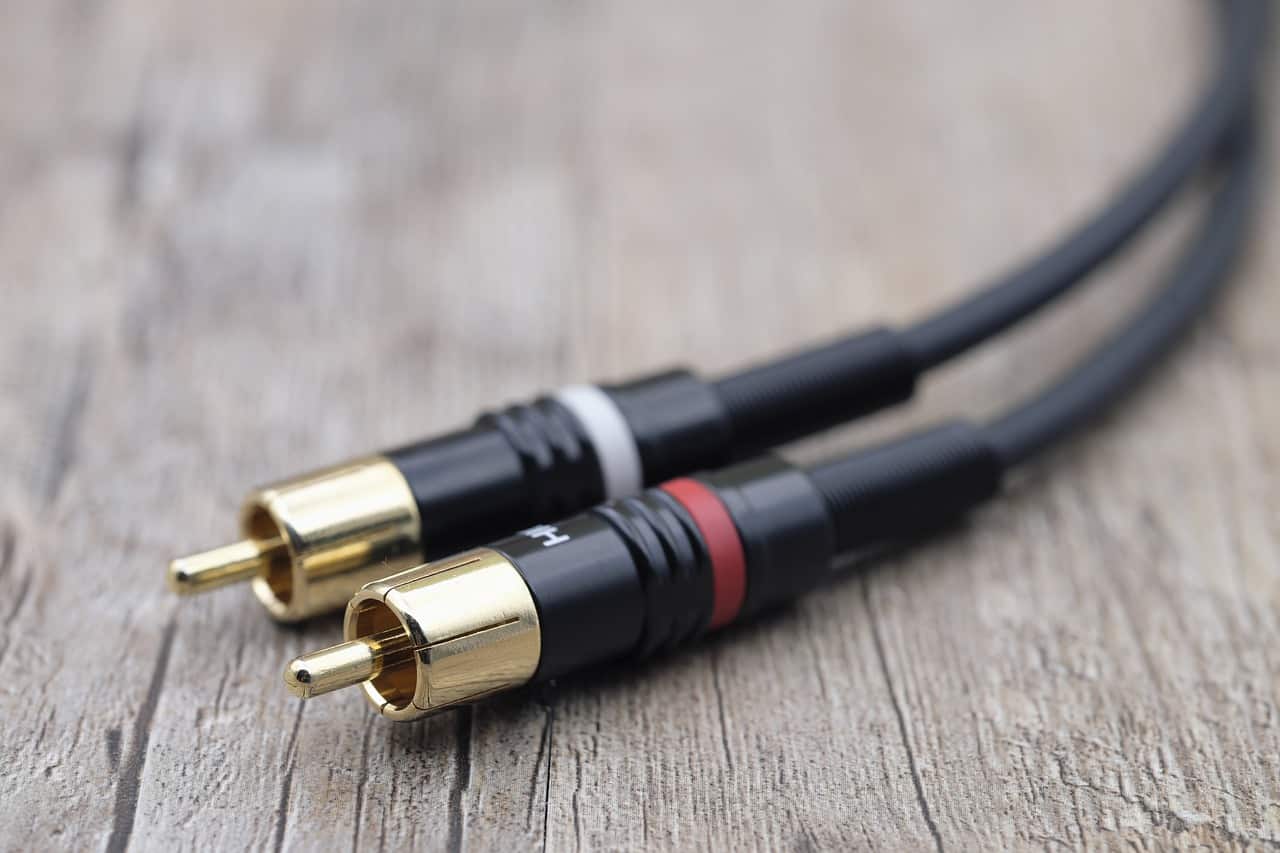
Balanced cables, such as XLR cables, have three connections, including a ground, a positive, and a negative connection. This balanced output provides signal clarity and stability and effectively blocks all signal interference along the length of the cable.
Balanced cables include:
- XLR cables
- TRS cables

(You can learn more about balanced and unbalanced cable types here).
Unbalanced cables are very susceptible to signal interference and signal loss, as the signal that is sent down the cable is not shielded from outside interference. Balanced cables are protected from outside interference and, in the same way, are protected from signal loss.
These cables can also carry a small electrical current, which means that they can be run over any distance without signal or power loss, unlike unbalanced cables.
All of these characteristics make XLR cables far more stable, versatile, reliable, and useful in the audio industry than any other cable, which is why they are widely used and preferred by musicians, producers, and sound engineers everywhere.
What Are XLR Cables Used For?
We have established that XLR cables are widely used in the music and audio industry, as well as some other industries such as lighting, but what exactly are these cables used for within these industries?

The main features and advantages of the XLR cable, including the balanced connection and perfect grounding that it provides, mean that this cable is ideally used for several purposes in the music industry.
This type of cable is often referred to as a microphone cable, as XLR cables are very widely used for professional microphones. Many microphones require a balanced signal for clarity and to produce a useable audio signal, and many microphones also require power to function well.

XLR cables are capable of transmitting low-voltage power, which makes them ideal for use with microphones that require this power to function, as they can be used to transmit the audio signal from the microphone and send power to the mic with the use of one cable simultaneously.
These cables are also used to connect speakers and other audio devices to mixing desks or recording interfaces, they are used as audio inputs and outputs, and they are used to carry audio signals over long distances for stage setups.

The balanced signal and grounding of these cables also make them very useful in recording studios, and they will not pick up any interference from surrounding gear or equipment, which is necessary for a room full of equipment that emits audio signals.
The small amount of electrical current that XLR cables can transmit means they can also be used for transmitting commands and signal input to lighting rigs as well, which no other cable can be used for. This is particularly useful for live stage setups and visual sets.
Why Are XLR Cables Important?
XLR cables are widely used in many industries, but there are several other cable types that can be used to transmit audio signals. So what makes XLR cables so important? Why not use another type of audio signal cable?
XLR cables are important because they block outside signal interference, and they can be used to transmit audio signals over very long distances.
(You can run XLR cables up to 100 feet or more without trouble – you can learn more here).
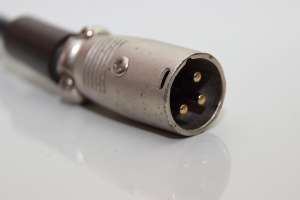
There is no other cable that can send an audio signal over many hundreds of feet without losing any signal strength other than XLR cables. This means that there is no other cable better for transmitting audio in very large rooms, stadiums, or outdoor venues.
The positive and negative balanced audio transmission of XLR cables also means that they nullify any audio interference that may be picked up along its length. This means that the cable will always deliver a crisp and clear signal, without any interference at all, regardless of its length or what it travels past along the way.
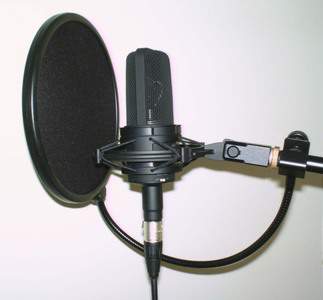
These cables also counteract signal loss in the same way, preventing any signal from within the cable from being lost to outside conductors.
These reasons make the XLR cable very important, as, without it, there would be no way to properly send signals over long distances, sending and receiving clear audio signals would be almost impossible, and electrical interference would be a serious audio problem.
Are XLR Cables Better Than Other Cables?
XLR cables are often compared to other cable types and made out to be the better cable, but is it true that XLR cables are better than other cable types?
The truth is that there is no better cable for audio signal transmission, but the perfect cable for a use case is determined by what the cable needs to do.
For example, the XLR cable is the perfect cable for sending a faint audio signal a long distance without interference, but it is not the right cable to use if you need to connect a guitar to an amplifier or to connect a speaker to an amplifier.
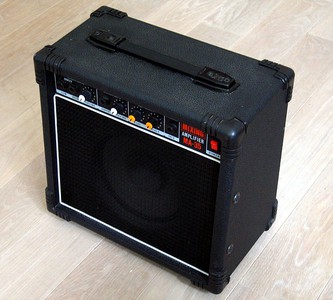
The XLR cable is better than other audio cables for specific use-cases, but other cables exist for a reason, and there is always the perfect cable for every audio application, even if it is not an XLR cable.
XLR cables are very good at what they do, but this does not necessarily mean that they are better than other cable types. It just means that they are very good at fulfilling the purpose that they were designed for, and they are not ideal for other use-cases.
Pros And Cons Of XLR Cables
XLR cables are highly functional for many reasons, but there are some issues that are commonly experienced by these cables as well.
No cable is perfect, and even these highly functional and reliable cables have their issues. It is important to understand the strengths and weaknesses of XLR cables if you will use them frequently, as this will help you to use the cables well and help you to troubleshoot any issues that you may encounter.
Let’s identify some of the important pros and cons that come along with XLR cables.
The Important Pros Of XLR Cables
The important pros of XLR cables include:
- XLR cables have a balanced signal output.
- XLR cables are well-grounded.
- XLR cables are very reliable.
- XLR cables are very durable.
- XLR cables can transmit signals over long distances without signal drop-off.
- XLR cables are insulated against signal interference.
- XLR cables can transmit low-voltage power.
- XLR cables are versatile.
- XLR cables are ideal for stage and studio use.

The Important Cons Of XLR Cables
The important cons of XLR cables include:
- Repairing an XLR cable is very challenging.
- XLR connectors can be delicate.
- Low-quality XLR cables can fail easily.
- XLR cables can be expensive.
- XLR cables are made for different uses and can be easily confused.
- XLR cables can be challenging to use without experience.
Conclusion
To summarize, XLR cables are balanced output cables that have a positive, negative, and ground connection for transmitting a signal across any distance without interference or drop-off, providing clear signal transmission in any circumstance.
XLR cables are the most useful cable in the audio and music industries and are integral for other industries as well. There are no other cables that can do what XLR cables can, and without them, the audio, music, and lighting industries would be far less equipped.
You can find out which XLR cables support phantom power here.
